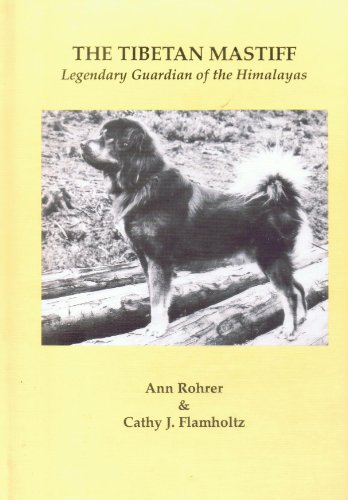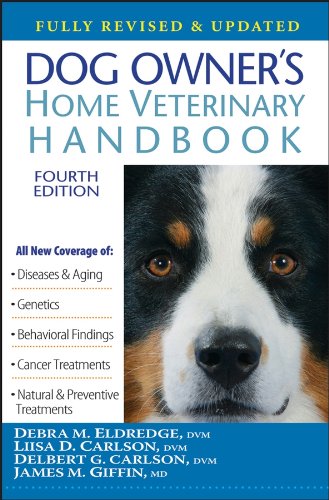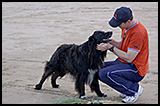
Humans have been breeding dogs for at least 10,000 years. Dogs were originally bred for behavior and ability, such as hunting, herding, and guarding, but in the last 200 years they have been bred primarily for their size, coat, and color. Specific breeds are associated with certain aspects of behavior, and some types of dog are better predisposed toward training than others.
Dogs such as Weimaraners, Labrador retrievers, setters, and springers love their work. Even as pets, they should work to satisfy their need to please and contain their energy.
German shepherds, collies, and cattle dogs were evolved to work with farmers and shepherds. Originally bred for stamina and to nip at the heels of livestock, they are loyal and energetic.
Bloodhounds, basset hounds, and beagles were bred to follow scent, work in packs, and howl signals to their masters. They communicate well with other dogs, and are able to follow even the weakest trails.
In the same way that different breeds of dog have certain personality profiles, the different sexes have traits peculiar to them. The male dog’s brain is “masculinized” by a surge of male hormone just before it is born. That is
why, even before puberty, males tend to grow bigger and behave in the classically masculine ways of being territorial and dominant. At puberty, and again at around two years of age, the behavior of male dogs can become exaggerated – often making training difficult. The female dog’s brain, however, is “neutral” at birth and becomes “feminized” at puberty. Female hormones produced at this stage in the dog’s life can increase possessive behavior and can alter mood, change taste buds, and increase the dog’s need to den. Neutering just before sexual maturity often guarantees that your dog’s existing personality will be maintained.
Be it guarding (boxers) sledding (malamutes) these dogs were bred to do a specific job. They need both mental and physical exercise.
Most of the breeds in this group, like poodles and Dalmatians, are more likely to be kept as pets than used in their original working capacity.
Developed to chase small game and vermin, most terriers are small, robust diggers with powerful barks. They rarely back down when challenged.
Dogs such as Chihuahuas, Cavalier King Charles spaniels, Yorkshire terriers, and bichons were bred for companionship and thrive on human contact.
Excerpted with permission from New Complete Dog Training Manual by Dr. Bruce Fogle published by Dorling Kindersley Copyright 2003. All rights reserved. You can purchase New Complete Dog Training Manual at Amazon.ca
 Dehydrated Raw Dog Food Puts the Wag in Your Pets Tail
The Case for Dehydrated Raw
Dehydrated Raw Dog Food Puts the Wag in Your Pets Tail
The Case for Dehydrated Raw
 Durable Dog Toy Outlasts the Strongest Jaws
Credit: Jeannine T
Durable Dog Toy Outlasts the Strongest Jaws
Credit: Jeannine T
 Is it a Dog or a Bear?
For large dog breed lovers t
Is it a Dog or a Bear?
For large dog breed lovers t
 Symptoms of Diabetes in Dogs
Diabetes is a common health problem in dogs.&n
Symptoms of Diabetes in Dogs
Diabetes is a common health problem in dogs.&n
 Basic Learning Theory and Dogs
Basic Learning Theory and Dogs
Basic Learning Theory and Dogs
Basic Learning Theory and Dogs
Copyright © 2005-2016 Pet Information All Rights Reserved
Contact us: www162date@outlook.com